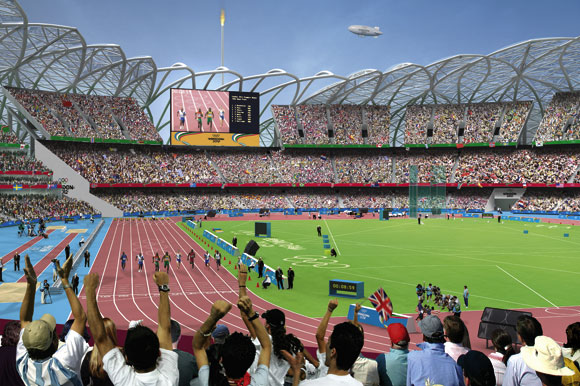Projects and Features
Assessing carbon emissions
British Constructional Steelwork Association Sustainability Manager Michael Sansom, explains how to assess the UK consumption-based average embodied carbon emissions of open hot-rolled structural sections.
Assessing the embodied carbon emissions of a steel structure at the early design stage can be challenging. One reason for this is that there are a range of embodied carbon values for steel sections, manufactured by different steel production routes. Additionally, the steel maker or steel mill is generally not known or specified at the early design stage of a project.
The use of ‘average’ embodied carbon factors for steelwork is a simple way of addressing the variation in production routes and in 2021 the British Constructional Steelwork Association (BCSA) developed a UK consumption-based average, which reflects the mix of steel from the different production routes used in the UK [1].
The use of ‘UK consumption-based averages’ is the early design stage recommendation provided by RICS [2] and the IStructE [3] when assessing the embodied carbon of building structures.
IStructE plans to update its embodied carbon guidance [3] in 2024 and therefore the BCSA has recently updated its UK consumption-based average embodied carbon value for steel sections. The recently published RICS whole life carbon assessment standard published in 2023 [2], also references this BCSA consumption-based average value for early design phase assessment of Module A1-A3 carbon emissions.
The methodology for this 2024 update is based on a more robust methodology and dataset than before and is briefly described below.
UK import data for hot-rolled sections from 2018-2022 have been provided by the International Steel Statistics Bureau (ISSB), who also provided total UK demand data for hot-rolled sections over the same period.
For each country of origin, the steel mill and production route has been determined based on information provided by steel producers, stockholders and industry experts.
For each steel producer, embodied carbon emissions for Modules A1-A3 have been sourced from the company and product specific EPDs; where these are not available, conservative assumptions have been applied.
For countries where more than one producer exports sections to the UK (Germany, Spain and Turkey) weighted averages have been used.
For domestically produced hot-rolled sections, the current British Steel EPD [4] has been used.
The four-year (2019-22) UK consumption-based average embodied carbon (Modules A1-A3) for hot-rolled steel sections is calculated as 1.64 kgCO₂e per kg. The corresponding average Module D value is -0.91 kgCO₂e per kg.
For further information contact Michael Sansom, BCSA Sustainability Manager.
References
[1] New Steel Construction (NSC) April 2021
[2] RICS Whole life carbon assessment for the built environment. 2nd edition, Version 2, November 2023.
[3] IStructE How to calculate embodied carbon. 2nd edition, 2022.
[4] British Steel EPD for steel rails and sections, 2020.













